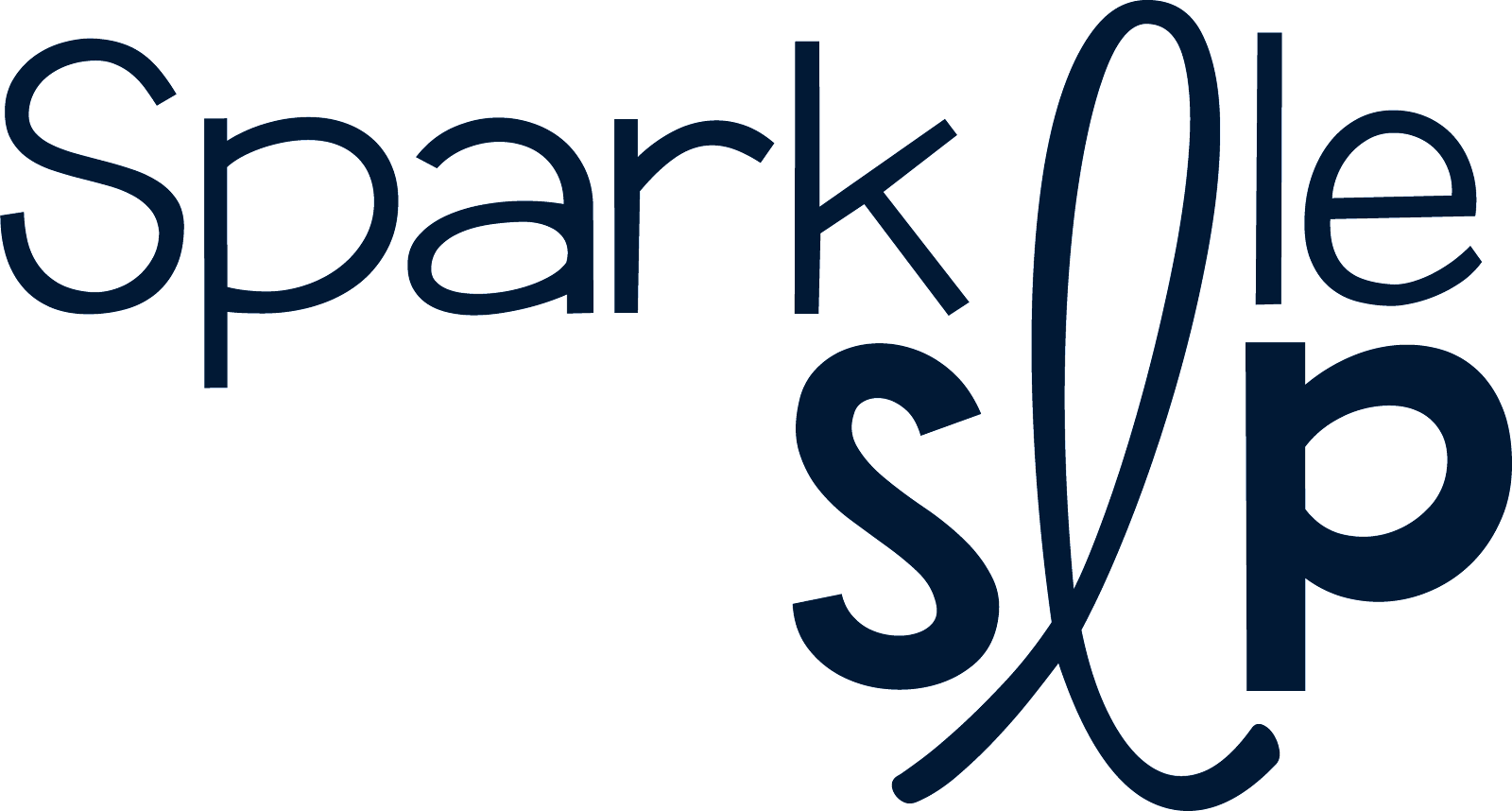
Since I push into classrooms, I have the benefit of access to quick collaboration with teachers on a daily basis. Seeing students work on reading fluency passages weekly allowed me to easily realize how effective adding targeted speech sound practice would be for my students. While this post is not meant to offer specific reading passages or information/research on reading fluency, I will offer my experience as a school-based SLP and how I’ve used leveled reading passages in articulation/phonology therapy.
Ideas for Where to Start:
- Ask your client/student’s teacher to provide you with the reading level of your student. If they have reading fluency passages that are appropriate already, by all means use what they provide. If not, search resources on Teachers Pay Teachers or other commercial materials to find short leveled reading passages. Our district purchased reading series has these leveled passages for easy download.
- I have found that leveling down works best for my students. If my student is reading at a 2nd grade level, I may choose late 1st grade or wherever the child reads fluently with high accuracy. This is my tip as I want my students to be able to focus on their speech sounds, which takes more effort and slows down the reading. So, in essence, the task of the actual reading should be less challenging for the student. Again, this is my experience and has worked for me. Use your clinical judgment and collaborate with teachers.
- Decide on weekly speech sound target(s) for your student. For students working on carryover of multiple sounds, I usually stick to one sound or class of sounds/patterns (ex: morphological endings, blends, fronting, etc.). You can also choose one sound in one position or all targets. Again, use clinical judgment and follow your therapy plan for that student.
- For baseline or progress monitoring, I start with the student reading without any highlighting of sounds. I tell them what I’m listening for, but you could also take data on all targets. If you need a tip on accomplishing this task, I usually use a 100 word sample sheet and mark the targets I’m listening for and do a plus/minus system for occurrence. You could also just do a plus/minus for each word as correct or incorrect and then log sounds/patterns consistently in error. Check out my Workload product for a 100 word sample data sheet. You could also make a copy of the passage and mark targets right on the story.

- I then use a highlighter to mark speech sound targets on the student copy and have the student read the passage again. You can again take your data on this sample, depending on how your goal is written.
- Send the passage with the highlighting home for practice. I ask that students practice it twice each night.
- I give another passage the following week and repeat the process. You can also take data on the previous week’s passage to note progress. My teachers refer to the initial “cold read” and the final “hot read” for fluency. With this articulation fluency, you are working on automaticity, so I think it goes well with this rehearsal factor of building fluency.
- For work at the structured speaking and carryover levels, have the child retell the story or answer comprehension questions. Many reading passages have questions following the passage.
This therapy idea is very individualized as you are selecting the child’s reading level and specific sounds targets. It has a curriculum focus on reading fluency and it’s easy to incorporate into push-in classroom-based speech therapy. For select students, I’ve been able to work 1-1 with them for 5-10 minutes per week within their classroom. Maybe the best part is the built-in home practice that is manageable for families, aiding both speech sound development and reading!
Have you tried this technique to aid generalization?





.png)


